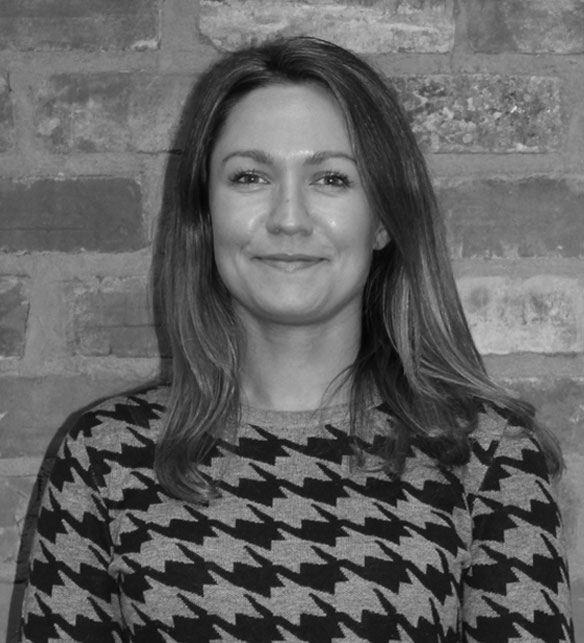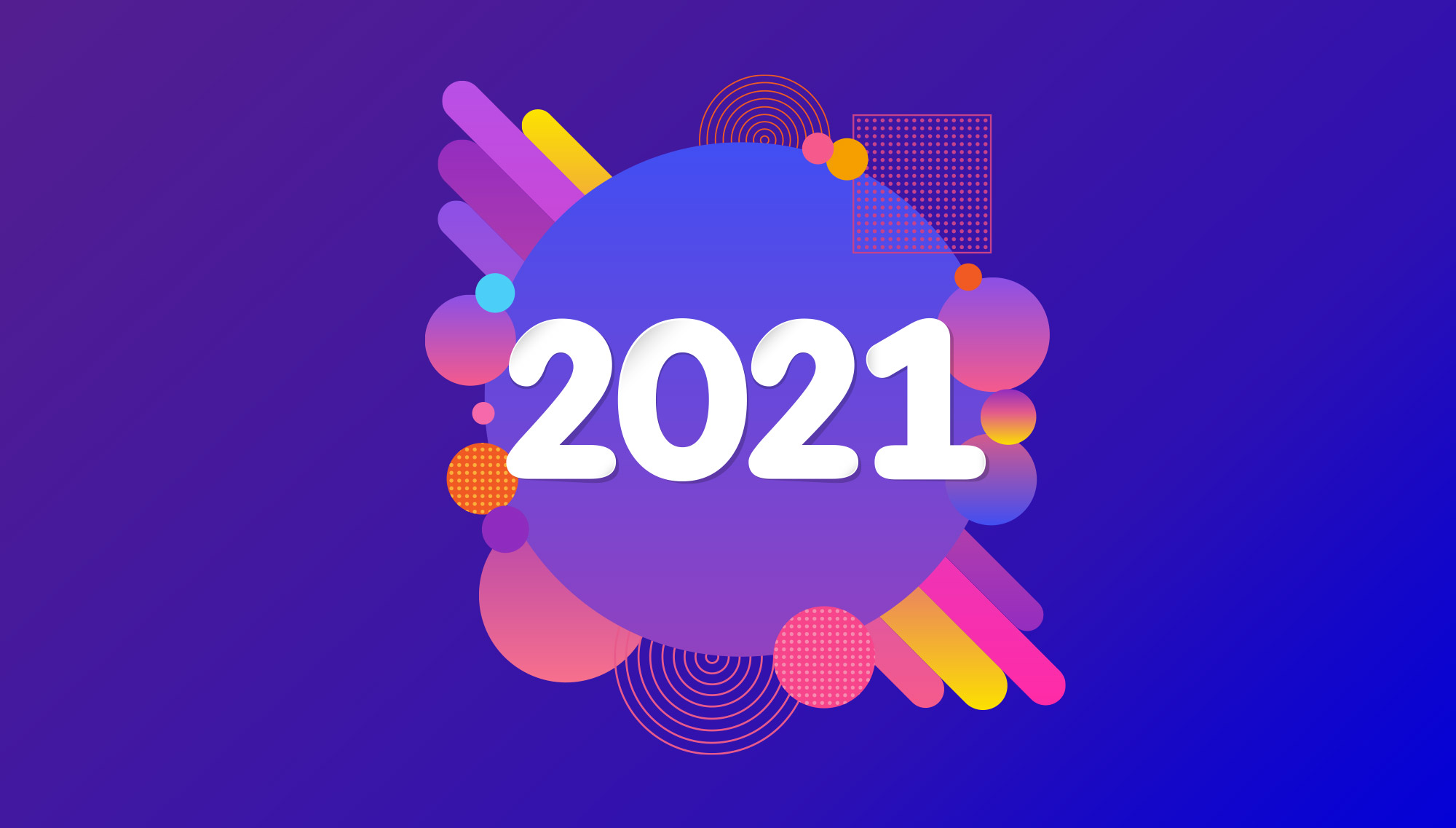Do you need to create a brief for your new website, but don’t know where to start? We know, from years of experience, just how tricky it can be to communicate exactly how you want your website to look and what you want it to do.
We’ve put together a comprehensive guide to creating a website design brief, that will help you understand exactly what it is your website agency needs to know, saving you both valuable time and effort, whilst ensuring you achieve the best possible outcome for your project.
WHY IS IT IMPORTANT TO CREATE A WEB DESIGN BRIEF?
It’s important to cultivate a positive working relationship with your website team from the get go, to ensure that everyone is working towards the same common goal. Your brief should clearly communicate your requirements to your website team, providing them with a thorough overview of your overall vision and the goals you’re looking to achieve. This in turn will allow them to provide you with an accurate quotation and timescales for the project.
Whilst it’s always helpful to provide a thorough brief, there’s no need to go too in depth at this stage. It’s useful for us to know all the facts, but we don’t need a step-by-step outline of your 5 year business strategy, in order to get started!
ABOUT YOU
The first step is to tell us a bit about your company and give us an idea of what it is that you do. Try to include:Your company name and website addressA brief description of what your company doesThe age of your company i.e is it a start-up? Or have you been trading for 20+ years?Where you’re basedAnnual turnover - to give us an idea of the scale of your operation
OBJECTIVES
What are your short and long term goals for the business/ website? This might include things like ‘we want to double our conversion rate over the next year’ or ‘we want to grow a particular area of our business’. Providing just a few key bullet points, can give us a good insight into what you are looking to achieve through the website build.
LOGO DESIGN & BRANDING
Do you have an existing logo and brand guidelines for us to work with, and if so, do you require us to evolve the design or stick with what you have? Perhaps you’re a start-up in need of an innovative new logo design and branding to go with your new site.Either way, we’ll need to know, as the logo and branding will influence the overall design of the website.
TARGET AUDIENCE
One of the first steps we’ll take in the initial processes is to examine your target demographic and decide how we can design the site in a way that will appeal to them specifically, so it’s important that we understand as much as possible about who your customers are.
YOUR CURRENT WEBSITE
It’s always useful to provide us with a link to your existing website (no matter how bad you think it might be!). From there you can tell us what you do and don’t like about the existing site, which aspects you’re looking to include in the new website and the areas that you want to get rid of completely or improve upon.
YOUR BENCHMARK
Which websites have you seen (if any) that offer a similar service or feature similar functionality to that which you’re trying to achieve through your new site. Providing some real life examples of your key competitors and the sites that appeal to you can give us a firmer idea of your likes, dislikes and desired outcome.
CONTENT
One of the best things you can do to ensure your project runs smoothly is to get your content sorted as soon as possible.Having your website content to hand at the very start of the project, helps to inform key aspects of the design of the site, as well as providing us with as much information as possible about what it is that you do or offer.
If you require us to write the website copy for you, you will need to specify this. We’ll also need to know how many pages you require, and whether you require us to source images, videos or graphics.
Supply of content is usually the main sticking point in moving a project forward to deliver on time, so it’s important that you give it some consideration from Day 1. The amount of content you want to display will directly affect the way the site is designed, for example, a page with 2000 words will require a completely different layout to a page with 200.
TECHNICAL FUNCTIONALITY REQUIREMENTS
This is the area where you really need to be thorough and provide us with as much detail as you can. Your functionality requirements might include things like:A Blog or NewsfeedSocial Media FeedsA ForumAn Online Booking SystemAccount RegistrationEcommerceSpecific payment or shipping requirementsAPI IntegrationWhere possible describe what you want it to look like and act like. For example, if you require users to be able to register for an account, how will this be handled? What will the user dashboard or user profile need to include? If you require ecommerce functionality, how many products do you have? Will you require advanced searching and filtering by category?
YOUR PLANS FOR THE FUTURE
To help you achieve the best return on your investment in the long run, it’s important to let us know what plans you have for the website moving forward:Are there features on your wishlist that you don’t have the budget for right now?Are you planning to add to or update your content?Will you consider adding ecommerce in the future?Having all the facts means we can consider how to best future proof your site, ensuring it works harder for longer.
BUDGET
Why is it important to provide a budget?Many people are inexperienced in working with a digital agency and unaware of the costs involved in building a bespoke website. It’s important to remember that as well as a custom built website, you’re being provided with a service. Giving us a rough idea of your budget allows us to consider and outline exactly what we can and can’t achieve within the scope of your project spec, in order to help you reach your goals.
For example, a higher budget would allow us additional time to spend on UX design, advanced interactive elements and custom functionality.
If your budget was a few hundred pounds, you would probably be better off with a freelancer or a DIY website builder such as WIX.
DEADLINE
Deadlines vary greatly from client to client. Perhaps you don’t have a firm deadline in mind, but would rather spend as much time as necessary to ensure you achieve your website goals.If you have a vital deadline in mind for launch, it's imperative that you inform us of this at the beginning of the project. We can then assess feasibility and provide you with dates for key project milestones along the way.
Typically our websites take from 4 - 12 weeks to design and develop, depending on the complexity of the spec.
SEO
When it comes to growing your business, investing your time and money into the development of an effective website is a great place to start, but it’s important to also consider how you’re going to drive people to your site.If SEO is a key consideration of the build, it’s important that we know this from the get go, as it will greatly impact how we design the site.
In the case of a redesign project, sharing your current analytics figures can help us to better understand how your existing site is functioning and what improvements could potentially be made.
HOSTING
Typically our clients choose to host their sites with us, but if you’re going to be using a third party host, you’ll need to provide us with hosting panel access or FTP/SFTP access and MYSQL details. You’ll also need to ensure your hosting meets the following requirements:A version of PHP 7.0 is required for the install of WordPressA MySQL version 5.6 or greater is required for the install of WordPress.There is adequate disk space available – we recommend at least 1-5GB be available, depending on the size of your website and its files.





